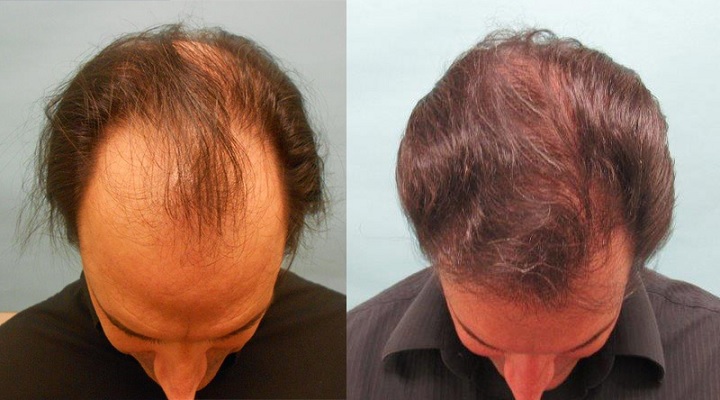Crown alopecia, along with hair entries, are the most common cases of hair loss in men. The reason for hair loss is different in each case since baldness can be due to many factors such as genetic causes, unhealthy habits, stress or even poor diet.
When alopecia is manifested it can be both gradually and more drastically, in which case treatments, shampoos or supplements can hardly help. With the advances in hair grafting techniques, the hair transplant in Delhi has become one of the most used solutions by both men and women to combat alopecia.
A best hair transplant in Delhi consists in the transfer of strong hair from a part that has not suffered alopecia to another more depopulated part, with the aim of gaining hair density in that area.
As hair loss in the crown is very common, these grafts are carried out very often in this part, to make it a much more populated area.
In this post we will explain the common patterns of baldness in the crown and how a hair transplant in South Delhi is performed on this part of the head. So we start with the cause: alopecia.
Crown Alopecia
As we mentioned, alopecia in the crown does not have a common origin in all cases, although it is true that the majority of people (80-90% of cases) who develop alopecia are due to genetic causes, age and the action of the male hormones, androgens. It is what is called as androgenetic alopecia or common alopecia and can begin to manifest from puberty.
This type of alopecia has a very common pattern that focuses on the temples and the crown and is reflected in Norwood's famous scale of baldness classification in men according to their areas. In response to this scale, the hair reduction in the crown appears in type III, almost always linked to the entrances. This hair loss in the back of the scalp is common in the rest of the patterns: type IV (greater loss in the upper part), type V (the part that joins the crown with the upper part narrows), type VI (the area of entrances and crown is depopulated) and type VII (there is only a fringe of hair from ear to ear on the back of the head and is the most acute alopecia).
Some tips to hide the alopecia of the crown
There are a number of tricks that help disguise baldness in the crown, which appears in many cases in the thirties. The most common for an unpopulated crown is to try to cover that area with the rest of the hair, for example, with a backward hairstyle.
The haircut can also help conceal, cutting the sides further to compensate for volume. And as volume is precisely what you want to contribute, it is not advisable to use hair bands that flatten the hair since in this case the depopulated crown will be much more visible. In any case, the most popular option when baldness reaches the crown is to shave your head with a razor, adopting a new look.
Alternative to baldness: crown graft
For those who seek to recover hair lost in the crown there is the effective alternative of micro capillary grafts, with techniques as advanced as FUE hair transplant in Delhi, used in most cases to treat the problem of alopecia in the crown and at the entrances.
The FUE hair graft technique is based on extracting follicular units from an area without alopecia (donor) to the area with less hair (recipient) by hair transplant surgeon in Delhi. These implanted follicles, which may contain 1 to 4 hairs, grow normally and, being the patient the donor, the results are very natural.
If you suffer from alopecia in the crown or begin to be depopulated, do not hesitate to contact our hair transplant center in Delhi so that we can know your case and try to solve your issues.

No comments:
Post a Comment